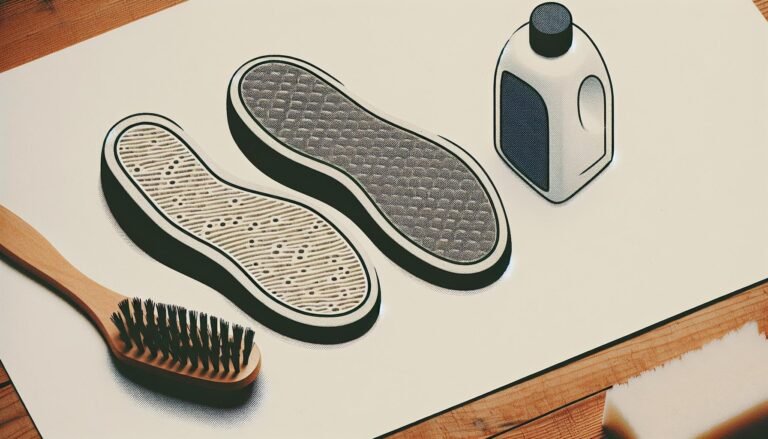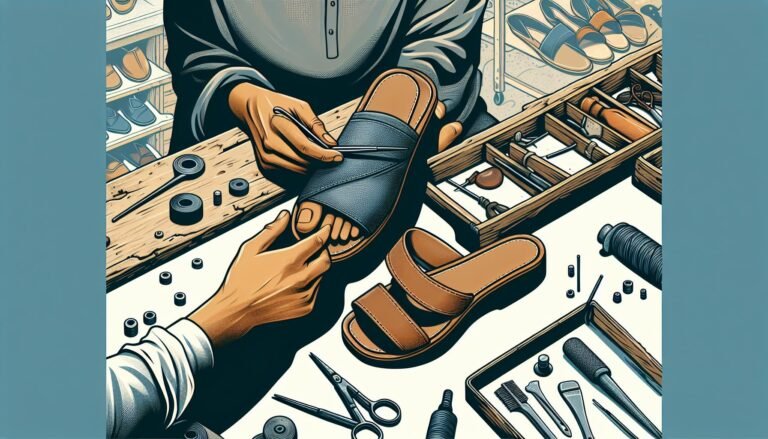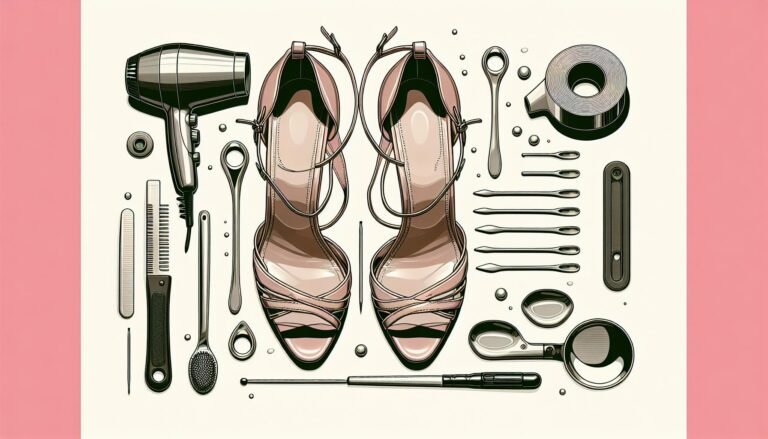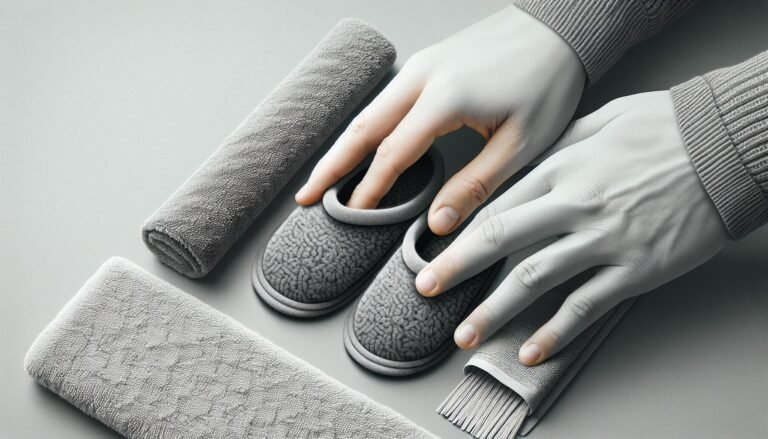Are Shoes Cheaper in Japan? Tokyo Shopping Guide
Ever wondered if you could snag a better deal on footwear while traveling? I’ve got the scoop on shoe shopping in Japan. It’s a common question for travelers and fashion enthusiasts alike: Are shoes cheaper in Japan?
I’ve explored the bustling streets of Tokyo and the serene pathways of Kyoto, hunting for the best shoe deals. From high-end designer sneakers to traditional Japanese geta, I’ll share my insights on where the real bargains are. Whether you’re a sneakerhead or just looking for comfortable travel shoes, Japan might just surprise you with its pricing.
Location Matters: Tokyo vs Kyoto
When it comes to finding the best shoe deals in Japan, location is a pivotal factor. On my quest, I discovered that Tokyo and Kyoto offer vastly different shopping experiences. Here’s a glimpse into what I found in each city.
Tokyo: The bustling capital is a haven for sneaker enthusiasts. With districts like Harajuku, Shibuya, and Ginza, there’s no shortage of stores selling the latest and most sought-after designs. One notable place I visited, Sneaker Street in Harajuku, lined with shops like Atmos and Kicks Lab, was a sneakerhead’s dream come true. But it’s not just about sneakers; luxury brands also have a strong presence here, though their prices are typically on par with international rates.
- Harajuku – Streetwear and Limited Editions
- Shibuya – Mainstream and Trendy Finds
- Ginza – High-End Luxury Brands
Kyoto, on the other hand, offers a more serene shoe shopping experience. Here, traditional geta and zori sandals are more prominent, often handcrafted by local artisans. The prices for these traditional shoes can be quite reasonable, and sometimes, bargaining is possible. There are fewer international designer stores, which could mean fewer markups on high-end sneakers. The Kyoto shopping district of Shinkyogoku and Teramachi presented a mix of modern footwear and authentic Japanese shoes, offering a unique balance that catered to a variety of tastes.
- Shinkyogoku – A mix of Modern and Traditional
- Teramachi – Cultural Finds and Handcrafted Footwear
In both cities, sales happen frequently, especially during change of seasons or during special events like Golden Week. It’s worth noting that while you might snag a great deal on shoes, sizes can be limited, particularly for those with larger feet. Notably, many shops in Japan display prices without tax, so always consider the additional 10% consumption tax when budgeting for purchases.
Shopping for shoes in Japan is not just about the price—it’s a cultural experience. Whether you’re combing through Tokyo’s high-energy streets or wandering the historic alleys of Kyoto, each city offers its unique flavor of shoe shopping. Just remember, an ample budget and a clear understanding of Japan’s sizing system will make your shopping adventure even more fruitful.
Sneakers Unleashed: Exploring the Trendiest Stores
Venturing into the heart of Tokyo, one can’t help but be swept up in the dizzying array of sneaker options. Harajuku is a sneakerhead’s sanctuary, teeming with stores like Atmos and Kicks Lab that showcase the latest streetwear and sneaker collaborations. The vibrant district pulses with energy and it’s impossible to ignore the undercurrent of excitement each time a new, limited-edition drop hits the shelves.
Over in Shibuya, another sneaker haven awaits. It’s home to the famous Shibuya 109 tower, but it’s the streets where the real treasure lies for a sneaker enthusiast like me. Shops like ABC Mart offer not just a variety of brands but also exclusive Japan-only models. These distinctive finds aren’t just fashion statements; they’re souvenirs that embody the essence of Tokyo’s street culture.
Moving upmarket, Ginza flaunts sophistication with high-end boutiques stocking luxury brands. I’m talking about the likes of Balenciaga and Gucci, pushing the boundaries of sneaker designs. While the price tags in Ginza can be hefty, the quality and exclusivity of their footwear often justify the cost for those who are passionate about merging fashion with art.
- Harajuku: Streetwear and exclusive collaborations
- Shibuya: Japan-only models and diverse brands
- Ginza: Luxury footwear and designer sneakers
Despite the higher cost associated with some of these trendsetting districts, savvy shoppers know that patience pays off. Regular sales and deals can crop up unexpectedly, especially towards the end of a season. Keeping an eye on social media helps me stay ahead of these promotions, ensuring that I can snag a deal on those must-have sneakers without breaking the bank.
Shopping for sneakers in Japan isn’t just about finding the latest trend; it’s a deep dive into Tokyo’s urban culture. Each district holds its unique flavor and understanding this helps to appreciate not just the shoes, but the soul of the city they come from. The hunt for the perfect pair becomes a memorable part of the trip that extends far beyond the purchase itself.
Traditional Charm: Uncovering Japanese Geta
Amidst the bustling streets of Tokyo with towering neon signs and modern fashion, I’ve also uncovered an intrinsic piece of Japanese culture: the geta. These traditional Japanese sandals offer a unique experience beyond the contemporary sneaker trends. Crafted from wood and boasting a thong similar to flip-flops, geta have a timeless appeal that continues to fascinate both locals and tourists.
Geta are not just footwear; they’re a dive into Japan’s rich history and traditions. Originally worn to keep the feet elevated above the ground and protect them from the elements, they’ve evolved into a fashion statement with various styles and decorations. Whether strolling through historic districts or attending summer festivals, geta provide a distinctive combination of comfort and cultural flair.
Shopping for geta can be as immersive as hunting for the latest sneakers. Across Tokyo, specialty stores sell handcrafted geta that can range from simple and affordable to ornate and pricey. The intricate workmanship involved ensures that each pair is a wearable piece of art. Enthusiasts can find geta adorned with patterns that reflect the seasonal change or illustrations that capture the beauty of Japanese landscapes.
While exploring the different designs, I’ve learned that artisans often use paulownia wood for its lightweight and durable properties, making the sandals comfortable for extended wear. The options for customization allow buyers to select the fabric of the thong, known as the “hanao”, helping to create a sandal that is truly unique to the wearer.
Visiting a geta shop is more than a transaction; it’s an educational experience. Storekeepers often share insights into the history of geta, their origin stories, and the significance behind the patterns used in their design. This tradition-rich shopping experience complements the high-energy sneaker culture, offering a reflective pause to appreciate the quieter, yet equally fascinating, aspects of Tokyo’s fashion scene.
Comparing Prices: Japan vs Other Countries
When you’re hunting for the best deals on footwear, you can’t help but wonder if shoes are indeed cheaper in Japan compared to other countries. I’ve looked at the numbers, and it’s not a straightforward answer. It all depends on the type of shoe and brand you’re after. Luxury brands, for instance, might be priced similarly across the globe due to their universal pricing strategies. However, there’s a catch: in Japan, you might stumble upon exclusive collections that are not available elsewhere, which can impact the perceived value of your purchase.
For sneakerheads, Japan has been known to offer competitive prices on certain models, especially when it comes to domestic brands like Asics or Onitsuka Tiger. These can be less expensive here than in, say, the United States or Europe, mainly due to lower import and transportation costs. Here’s a quick breakdown of average sneaker prices in Japan compared to the US:
| Shoe Brand | Average Price in Japan (USD) | Average Price in the US (USD) |
|---|---|---|
| Asics | 70 | 80 |
| Onitsuka Tiger | 85 | 95 |
It’s important to note that these averages can fluctuate based on seasonal sales and discounts, but they give us a ballpark figure.
For those who love international designer shoes, prices can be similar but sometimes you’ll find that certain styles are sold at a lower price point in Japan. The reason could be as simple as lower demand for a particular style or an abundance of stock in Japanese retail outlets. When considering sports brands like Nike and Adidas, the variation in pricing can be minimal, but again, looking out for those Japan-exclusive releases might justify the expense for some.
Lastly, when one dives into the world of geta and other traditional Japanese footwear, the pricing reflects craftsmanship and material quality. These items are often closely tied to the artisan’s expertise, making price comparisons with Western shoes somewhat irrelevant. While the costs for geta can vary greatly, they provide a cultural significance and authenticity that’s hard to quantify in mere dollars and cents. The true value lies in their cultural heritage and the timeless craftsmanship they showcase.
Tips for Shoe Shopping in Japan
When scouring the vibrant streets of Japan for footwear, you won’t just stumble upon great finds; you’ll need savvy shopping strategies to enhance your experience. I’ve honed a few tips that’ll transform your shoe shopping from daunting to delightful.
Plan Ahead for Size Availability
Japanese shoe sizes often differ from Western sizing, and finding larger sizes can be a challenge. It’s crucial to familiarize yourself with the Japanese sizing chart before you go. Also, have your foot measurements handy as sizes can be different from brand to brand.
Know the Best Times to Shop
Sales in Japan can offer fantastic deals, particularly during the New Year and the change of seasons. Following stores on social media provides real-time updates on exclusive deals and alerts you to upcoming sales that are not to be missed.
Research Tax-Free Options
Tourists can take advantage of tax-free shopping in many stores in Japan. Look for shops that offer this benefit as you can save up to 10%. Remember to carry your passport with you as proof that you’re a tourist—it’s necessary to enjoy this perk.
Understand the Return Policies
Unlike many stores in the US, Japanese stores may have stricter return policies. Always ask about the return policy before purchasing. Sometimes the policy differs if an item is on sale, so it’s better to be aware to avoid any surprises later.
Explore Beyond Big-Brand Stores
While it’s tempting to head straight for the biggest sneaker or designer shoe stores, don’t overlook smaller boutiques and second-hand shops. Here, you may unearth unique styles or discontinued lines that have long vanished from larger retail shelves.
Remember, shoe shopping in Japan is much more than just a pursuit of style—it’s an exploration of culture, innovation, and tradition. By incorporating these tips into your shopping strategy, you’ll be set up for a successful and enjoyable hunt for the perfect pair of shoes.
Conclusion
Venturing into Japan’s vibrant shoe scene offers more than just the thrill of a good deal—it’s an adventure into a world where traditional craftsmanship meets modern fashion. Whether you’re scouring the trendsetting streets of Tokyo for the latest sneakers or seeking a piece of cultural history through geta, you’ll find that the value goes beyond price tags. It’s about the experience, the exclusivity, and sometimes, the educational journey. Armed with savvy shopping tips and an eye for deals, you’re set to make the most of your shoe shopping escapade in Japan. So lace up and step into the unique blend of style and tradition that awaits!




